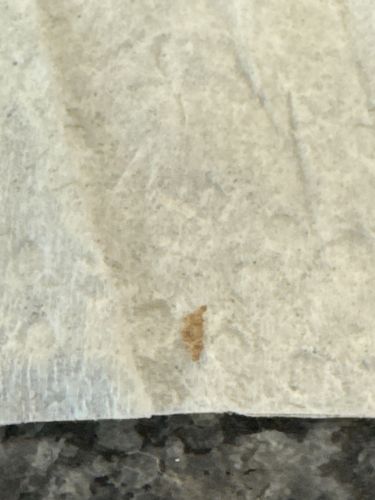Case-bearing Clothes Moth
Scientific Name: Tinea pellionella
Order & Family: Lepidoptera, Tineidae
Size: Adults have a wingspan of approximately 9-16 mm. Larvae are typically up to 10-12 mm long.

Natural Habitat
Primarily indoor environments, including homes, museums, and warehouses, especially in areas with stored textiles or animal products. They prefer dark, undisturbed places like closets, attics, and under furniture.
Diet & Feeding
Larvae feed on natural fibers such as wool, silk, fur, feathers, and lint. They are pests of stored clothing, carpets, upholstered furniture, and similar items.
Behavior Patterns
Case-bearing larvae carry a silken case, often camouflaged with debris, which they enlarge as they grow. Adults are typically nocturnal and attracted to lights. They are often found in dark, undisturbed areas.
Risks & Benefits
Risks: Significant economic pest due to damage to clothing and other natural fiber items. Can infest museums and destroy historical textiles. Benefits: None significant in human-inhabited environments; however, in natural environments, they contribute to decomposition of animal remains.
Identified on: 8/25/2025